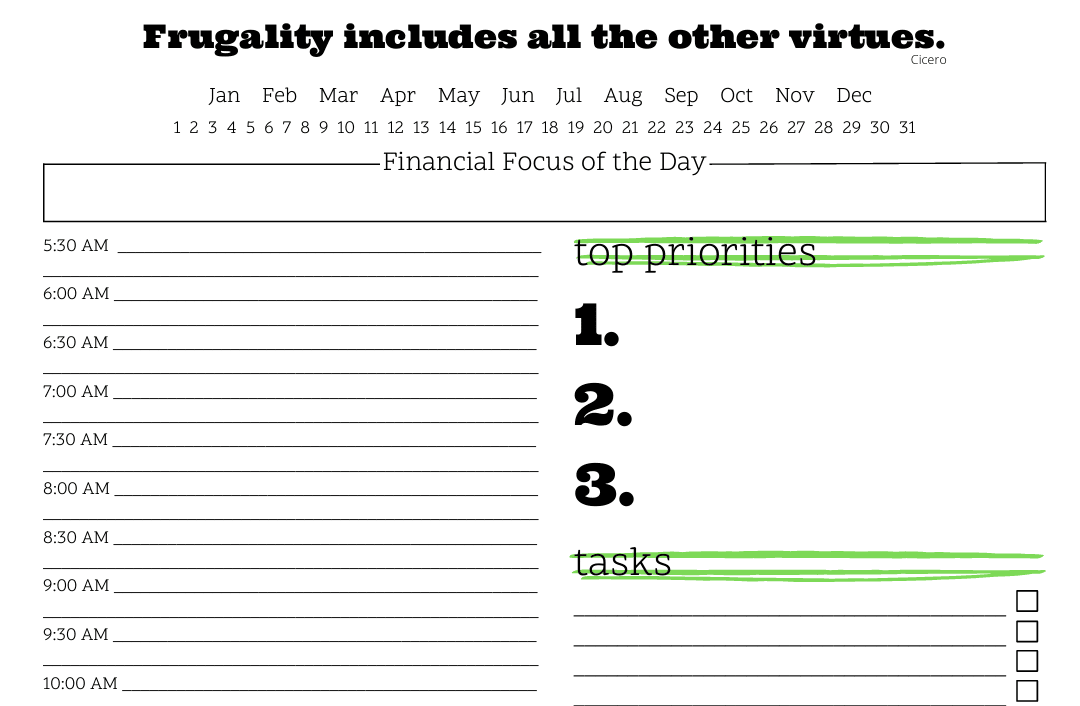This article may contain references to products or services from one or more of our advertisers or partners. We may receive compensation when you click on links to those products or services. Nonetheless, our opinions are our own.
The information presented in this article is accurate to the best of our knowledge at the time of publication. However, information is subject to change, and no guarantees are made about the continued accuracy or completeness of this content after its publication date.
Key Highlights
- Franchising combines independence with a proven system, appealing to many aspiring business owners.
- Franchisees benefit from established products, services, and brand recognition, potentially earning revenue faster.
- However, franchising often involves creative restrictions and adherence to franchisor rules.
- Carefully weigh the financial, operational, and legal aspects before committing to a franchise.
- Align your personal goals and risk tolerance with the franchise model to ensure a successful venture.
Introduction
Did you know that 92% of franchise businesses are still operational after five years, compared to only 50% of independent startups? Franchising offers a unique blend of entrepreneurship and structured support, making it an attractive option for many aspiring business owners. However, it’s not the perfect fit for everyone. This guide explores the pros and cons of franchising to help you determine if it aligns with your entrepreneurial goals.
Understanding Franchising: A Beginner’s Overview
What Is Franchising and How Does It Work?
Franchising allows you to own and operate a business under a well-known brand with an established system. In this model:
- The Franchisor provides the brand, business model, and operational guidelines.
- The Franchisee pays fees to use the brand and runs the business based on the franchisor’s framework.
Franchisees benefit from a “recipe for success” that includes trademarks, marketing strategies, and operational procedures. In return, they pay an initial franchise fee and ongoing royalties, which support brand maintenance and system improvements.
The Role of Franchisor vs. Franchisee
The franchisor creates and refines the business model, ensuring consistency across all locations. They provide:
- Comprehensive training.
- Marketing support.
- Operational guidelines.
The franchisee invests resources to operate a local branch, adhering to the franchisor’s rules while managing day-to-day activities and building a customer base.
Evaluating the Pros of Franchising for Entrepreneurs
Leveraging Brand Recognition and Established Business Models
Franchising offers instant credibility through brand recognition. For example:
- Independent coffee shop owners need to establish their brand from the beginning.
- A franchisee of a well-known coffee chain benefits from existing customer loyalty and market presence.
Additionally, franchisees gain access to a proven business model, saving time and resources compared to starting from zero.
Support Systems: Training and Operational Assistance
One of the biggest advantages of franchising is the robust support system. Franchisees receive:
- Training Programs: Covering product knowledge, customer service, and financial management.
- Operational Manuals: Providing clear guidance on daily operations.
- Marketing Assistance: National campaigns and localized strategies.
- Ongoing Support: Dedicated representatives to answer questions and offer advice.
This support significantly reduces the learning curve and enhances operational efficiency.
Initial and Ongoing Financial Commitments
Franchising requires substantial upfront and ongoing investments:
- Initial Costs:
- Franchise Fee: A one-time payment for brand usage and initial support.
- Inventory and Equipment: Adhering to franchisor standards.
- Real Estate and Renovations: Securing and outfitting a location to meet brand requirements.
- Ongoing Costs:
- Royalty Fees: A percentage of revenue paid to the franchisor.
- Advertising Fees: Contributions to national and local marketing campaigns.
- Operational Expenses: Daily costs, including wages, utilities, and supplies.
Operational Restrictions and Lack of Creative Freedom
Franchise agreements often include strict guidelines on:
- Menu items or product offerings.
- Pricing strategies.
- Marketing materials.
- Store layouts.
While these rules ensure brand consistency, they can limit franchisees’ ability to innovate or customize their operations.
Step-by-Step Guide to Starting a Franchise
Step 1: Research and Due Diligence
Begin by exploring franchise opportunities that align with your skills, interests, and budget. Key tasks include:
- Reviewing the Franchise Disclosure Document (FDD).
- Speaking with current franchisees to understand their experiences.
- Assessing the franchisor’s financial health and support systems.
Step 2: Financing Your Franchise
Secure funding through:
- Traditional Bank Loans: Suitable for those with a solid credit history.
- SBA-Backed Loans: Offering favorable terms for franchisees.
- Franchisor Financing Programs: Provided by some franchisors or their partners.
Compare interest rates, repayment terms, and eligibility criteria to choose the best option.
Step 3: Legal Considerations and Franchise Agreement
Thoroughly review the franchise agreement with a franchise attorney. Focus on:
- Territory rights.
- Royalty and advertising fee structures.
- Terms for contract termination.
- Dispute resolution mechanisms.
Ensure you fully understand your rights and obligations before signing.
Step 4: Training and Setup
Participate in the franchisor’s training program and prepare your location for launch. Use their guidance to set up infrastructure and hire staff.
Step 5: Grand Opening
Plan a strong launch event to attract customers and establish your franchise in the local market. Leverage franchisor support for marketing and promotions.
Conclusion
Franchising balances entrepreneurship and structured support, making it a compelling option for many aspiring business owners. However, it comes with financial commitments and operational constraints. By carefully evaluating the pros and cons, conducting thorough research, and planning strategically, you can determine if franchising is the right path for your entrepreneurial goals. Take the first step today and explore our resources for more insights into successful franchising.
Frequently Asked Questions
What Makes a Franchise Successful?
A strong brand identity, a proven business model, and robust franchisee support contribute to a franchise’s success.
How Much Does It Cost to Start a Franchise?
Costs vary by brand, industry, and location. Key expenses include the franchise fee, real estate, equipment, and initial working capital.
Can I Own Multiple Franchise Units?
Yes, owning multiple units can enhance revenue potential. Check your franchise agreement for specific requirements and opportunities.
How Long Does It Take to Open a Franchise?
Launching a franchise can take several months to over a year depending on the complexity of the business model and setup.
What Are the Risks of Franchising?
Risks include financial commitments, conflicts with the franchisor, limited creativity, and potential brand reputation issues affecting your business.

Reviewed and edited by Albert Fang.
See a typo or want to suggest an edit/revision to the content? Use the contact us form to provide feedback.
At FangWallet, we value editorial integrity and open collaboration in curating quality content for readers to enjoy. Much appreciated for the assist.
Did you like our article and find it insightful? We encourage sharing the article link with family and friends to benefit as well - better yet, sharing on social media. Thank you for the support! 🍉
Article Title: Pros and Cons of Franchising: Is This the Right Path for Your Entrepreneurial Dreams?
https://fangwallet.com/2025/01/04/pros-and-cons-of-franchising/The FangWallet Promise
FangWallet is an editorially independent resource - founded on breaking down challenging financial concepts for anyone to understand since 2014. While we adhere to editorial integrity, note that this post may contain references to products from our partners.
The FangWallet promise is always to have your best interest in mind and be transparent and honest about the financial picture.
Become an Insider

Subscribe to get a free daily budget planner printable to help get your money on track!
Make passive money the right way. No spam.
Editorial Disclaimer: The editorial content on this page is not provided by any of the companies mentioned. The opinions expressed here are the author's alone.
The content of this website is for informational purposes only and does not represent investment advice, or an offer or solicitation to buy or sell any security, investment, or product. Investors are encouraged to do their own due diligence, and, if necessary, consult professional advising before making any investment decisions. Investing involves a high degree of risk, and financial losses may occur including the potential loss of principal.
Source Citation References:
+ Inspo












































